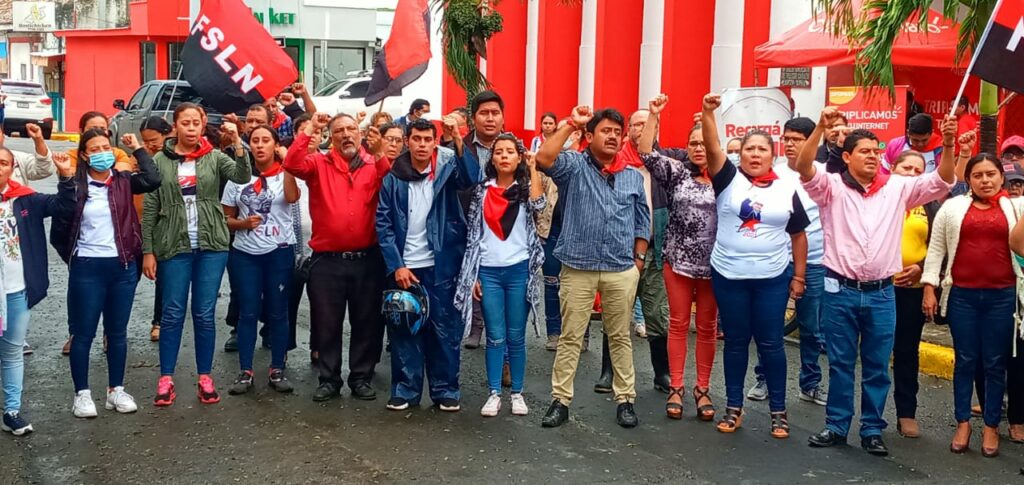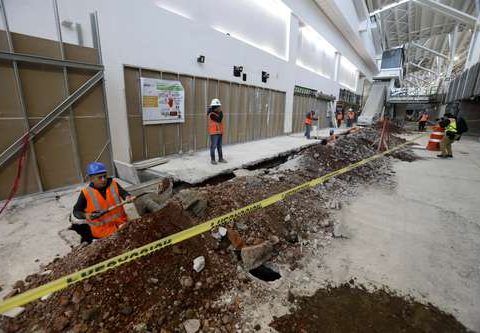The executive director of the Chamber of Argentine Brewers, Alejandro Berlingeri, stated that this sector “It was the mass consumption industry with the highest level of investment in the last two years”, with $17.95 billion disbursed throughout the chain in 2020 and 2021, and anticipated that in 2022 exports will represent foreign exchange earnings of more than $1 billion.
“We are partners in the economic recovery of the Argentine industry. We are the mass consumption industry with the highest level of investment in the last two years, with $17.95 billion,” Berlingeri said in an interview with Télam.
He also highlighted the potential for generating jobs in the sector, since he specified that “between 2008 and 2019, prior to the pandemic, employment in the total economy grew at a rate of 1.1% per year while in the brewing agribusiness, the average rate of creation was 2.8% per year”.
The following are the main sections of the interview:
Télam: How does the brewing agribusiness impact the Argentine economy?
Alejandro Berlingeri: We are partners in the economic recovery of the industry. We are the mass consumption industry with the highest level of investment in the last two years, with $17.95 billion. In the last two years we have lost a lot because this agribusiness is in what is called the social category of consumption, that is, it is consumed in bars and restaurants. We have been punished by the pandemic, but despite that, we have a commitment to the country and made a strong investment in both the malting plants and the breweries.
T.: How is the brewing agribusiness made up?
AB: We group together exporters and producers of malting barley. Also to the largest malthouses and breweries in the country. We are present in 11 provinces. This includes distribution centers and distributors. The commitment to the country is intact to contribute to the recovery. Although there is a strong challenge for the entire agribusiness, which is to lower our tax burden, imposed by the previous government, which placed us above the food and beverage sector.
T.: How did the sector behave in these two years of pandemic?
AB: We continue working during these two years. Of course we lost sales in stores, bars and restaurants, but we grew a bit in supermarkets and stores. In the crisis we have suffered a lot. Regarding domestic consumption, those were years that were hit hard by the pandemic. Since this agribusiness is in the social category of consumption, it is widely drunk in bars and restaurants. Luckily this year is getting back to normal.

T. What are the expectations for this year?
AB: We hope to continue growing and reach levels prior to the pandemic, generating direct and indirect employment. In terms of results, the goal is to exceed last year’s responsibly, that is, we seek to add sales, but we do not want to have customers who take too much, or minors, or those who drive a vehicle.
T.: What projections do you make for agribusiness?
AB:: We plan to return to lost levels and reach 2019 values. That represents a great base to continue growing. In exports of barley, malt and beer, in 2021 we exceeded 2020 and reached US$938 million against US$750 million the previous year. But we want to arrive at the result of 2019, which was US$ 1,029 million. There are investment projects for 2022 in both the agricultural and industrial sectors. In hops we are deficient. Today 300 tons are produced and 665 are needed. There will be investments to expand production.
T.: And in terms of employment?
AB: This is a sector with enormous employment potential. Between 2008 and 2019, prior to the pandemic, employment in the total economy grew at a rate of 1.1% per year, while in the case of the brewing agribusiness the average rate of job creation was 2. 8% per year. Currently, the entire chain has 8,752 direct jobs and 127,500 indirect jobs, which exceeds 136,000 between them.


















